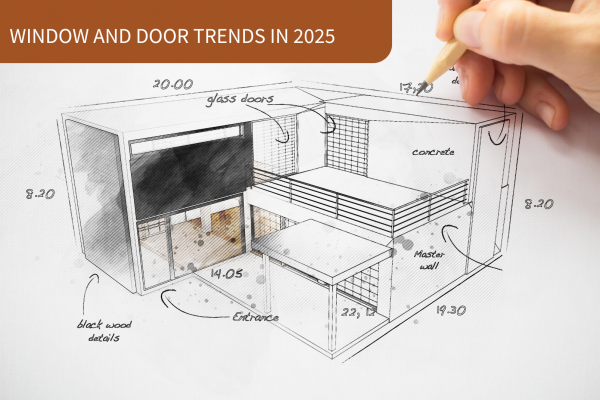Modern construction projects assume that many elements of our homes are made of glass – furniture, coffee tables, extra large windows, or terrace doors made of this material are not unusual nowadays.
Architects offer a wide range of original ideas and solutions that take advantage of the properties and appearance of glass. What about the safety of the users?
First of all, the shatter resistance of a window should be considered. This parameter is expressed as a safety class: from P1A, i.e. the lowest impact resistance, to P8B – the highest. To achieve optimal impact resistance, the windowpane should be made of class P2A to P4A glass, i.e. have anti-burglary characteristics. These glasses include PVB film (used as a bonding layer), which increases their resistance to shatter into many pieces in case of damage. The more layers of glass and film, the more resistant the windowpane (P2A - two layers, P4A - four layers).
Tempered glass is also characterised by higher resistance to shatter. It is made by subjecting a sheet of glass to heat treatment (heating followed by cooling), as a result of which the microstructure of glass changes, which increases its resistance (by a factor of several compared to conventional glass) and tolerance to temperature changes. When broken, tempered glass shatters into small pieces with blunt edges, thus posing lower risk of injury.
While glass elements that are present in our houses are undoubtedly elegant and fashionable, we should remember that, apart from their modern design, they should be, above all, safe.






